The development of Messe Stuttgart
Foundation
Economic miracle years
Expansions in the 80s
Technology and craft fairs
German reunification
Internationalization
New Messe Stuttgart Venue
75 years of trade fairs
Subsidiaries
Sustainable action
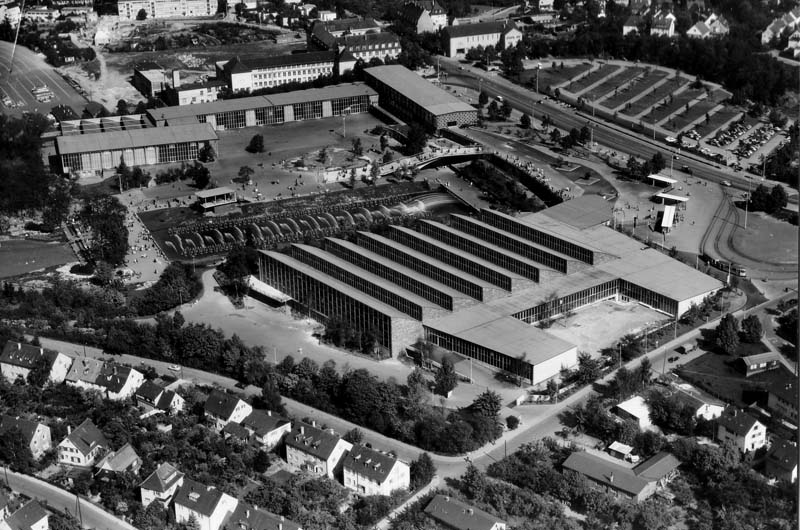
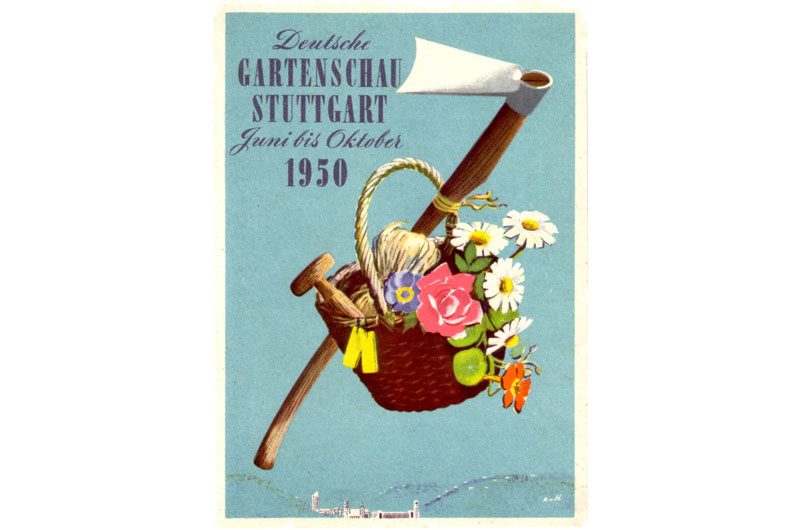
Messe Stuttgart: A showcase for the world's markets and mirror of economic history for more than eight decades
Founded on May 28, 1940 as Stuttgarter Ausstellungs-GmbH on the Killesberg high above the city centre, the beginnings of today's Messe Stuttgart were difficult. In the middle of the Second World War there were only a few small exhibitions. In 1942, the site was destroyed. After the end of the war, reconstruction followed and in 1950 the first major event: The German Garden Show. Further exhibition halls were being built. The south German radio station Süddeutscher Rundfunk (SDR) found its interim home here and broadcast from the Killesberg until its move to the new studios at Villa Berg in the city centre.
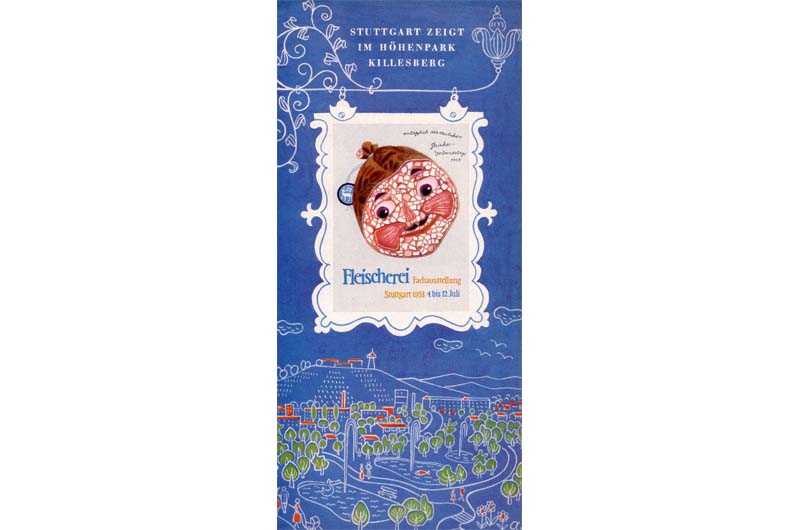
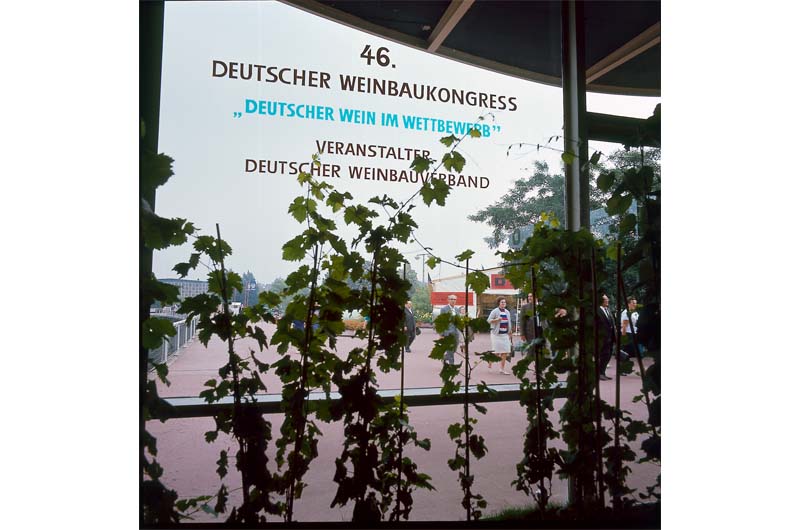
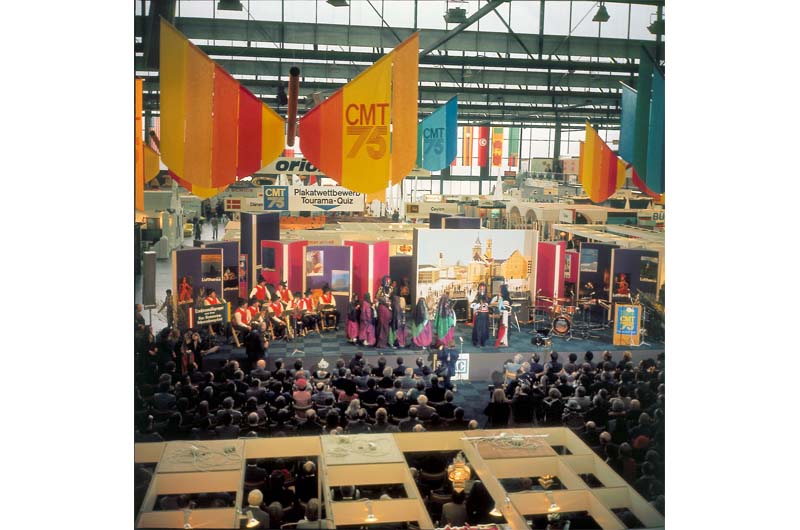
The 1950s – the Stuttgart Trade Fair Centre is getting under way
In the economic miracle years, the exhibition halls were brimming with activity. The highlight of the 50s was a performance by rock ‘n’ roll legend Bill Haley. In general, the economic miracle period produced many new fairs. Even if not all of them could establish themselves permanently on the market, some of them can still be found in the current event portfolio: The consumer show Domestic Circle (1957) is today’s Family & Home, The Meat Industry Exhibition (1953) runs today under the name SÜFFA, and the former International Fair for Liquid Fruit can be found today in the fruit juice section of INTERVITIS INTERFRUCTA. In the 1960s, more predecessors of today’s major trade fairs followed like the trade fair for caravan, motor tourism and travel, CMT, the R+T trade fair for roller shutters and gates, and the gastronomy trade fair INTERGASTRA - three themes and trade fairs that remain important to this day and are among the leading in their industries.
The 1970s, again, saw a new type of trade fair: the consumer show. Today's CMT was formed, now the world's largest trade fair for travel and tourism. The Your Garden, electro hobby and Model Building trade fairs are still successful today as part of the Stuttgart spring and autumn consumer shows.
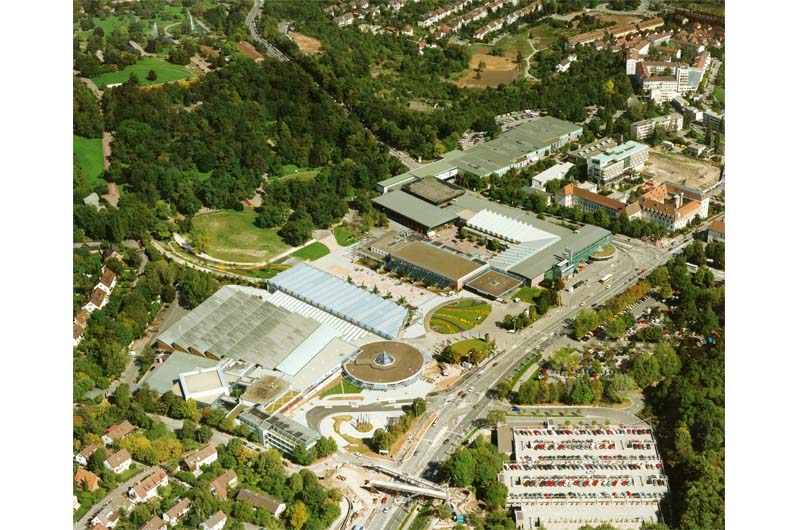
Architectural and thematic expansion in the 80s
Space was becoming scarce on the location, and in the early 1980s, an administrative building and the Congress Centres A and B were built. "Expansion in quality and internationality" was the credo. The nascent knowledge and information society needed space and a contemporary ambience. Culture and sport were also playing an increasingly important role. The Town Council therefore decided to dock the concert venue Liederhalle with its congress and conference bureau to Messe Stuttgart in order to offer an even more professional marketing from a single source. The concert venue Hanns-Martin-Schleyer-Halle (today Schleyer-Halle), the city advertising agency (Stuttgart Marketing), Easy Ticket and the Agricultural Festival followed suit.
The new company operated as the Stuttgarter Messe- und Kongress-Gesellschaft (SMK). In 1983, the local Chamber of Industry and Crafts was added as a co-shareholder, and in 1987 also the state of Baden-Württemberg. Already a year earlier, in 1986, the private implementation company for trade fairs and exhibitions (DURMA) was acquired, which changed its name to DURMA Messe Stuttgart International. This acquisition was driving the internationalisation of the trade fair business forward.
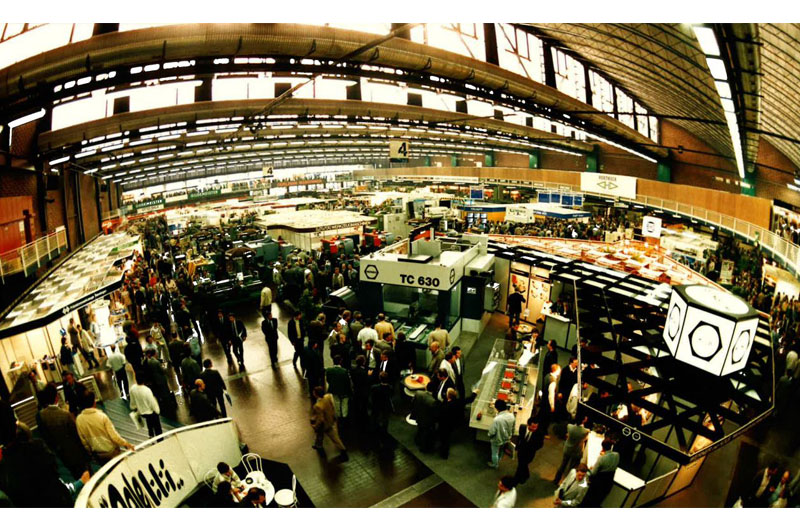
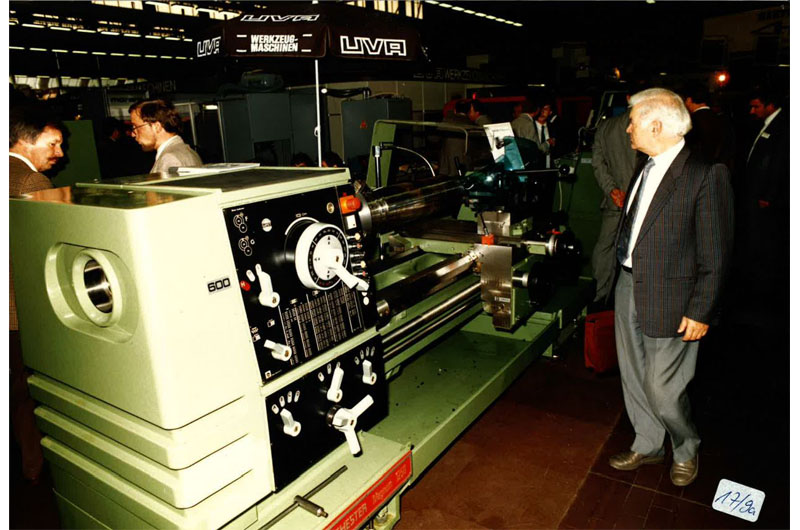
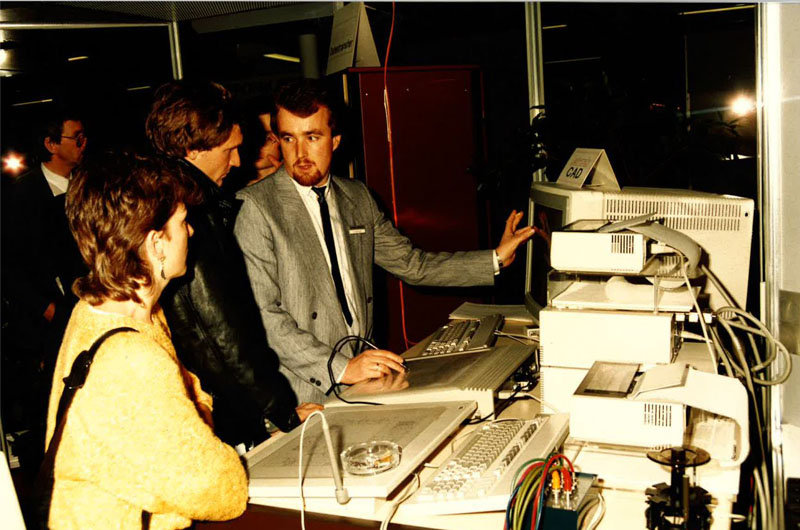
Computer technology in manufacturing and new craft trade fairs
The 1980s were marked by technology and craft fairs. AMB, International Exhibition for Metal Working, started its success story in 1982. The dawn of the computer age created new trade fair topics, such as CAT (Computer Aided Technology) for the manufacturing industry or Ident/Vision, today’s VISION, the world's leading trade fair for machine vision. Telematica 84 also really hit the nerve of the time. Movement was not only apparent in the industry, but also in the craft sector. SÜFFA, the specialist fair for the butcher's trade (1984) and eltefa, the trade fair for electrical engineering and electronics, are representative of many new events during that period.
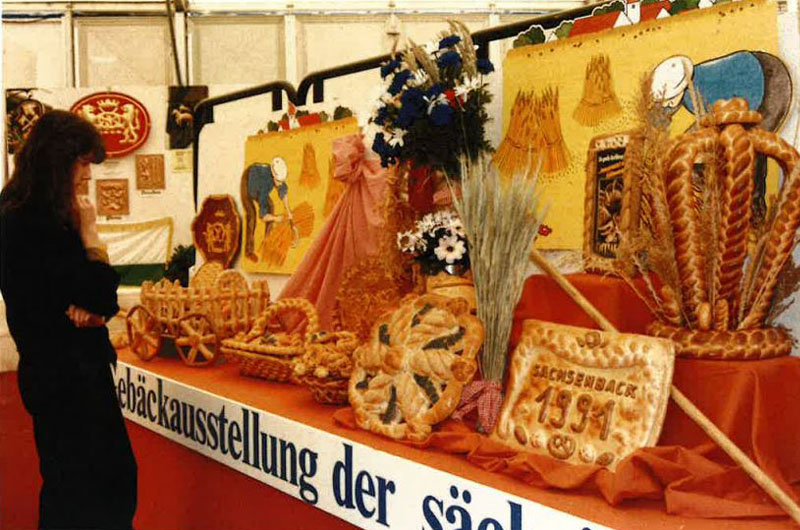
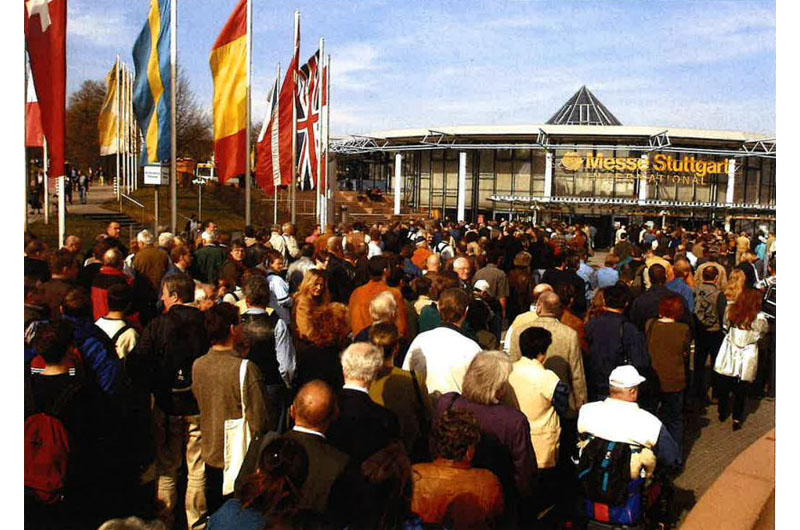
The fall of the Wall brings additional marketplaces
The historic highlight in 1989 was the fall of the Wall and, in this course, the reunification of East and West Germany. The 1990s were correspondingly dynamic. After trade fairs had already been held in Leipzig and Dresden, the entry into the Eastern boom market was relatively easy for Messe Stuttgart. Interpharm Leipzig, Sachsenback and Fachdental in Dresden were the first events that could establish themselves in the East. The decade from 1991 to 2001 was characterized by steady growth, caused by the European internal market, increased demand for goods by the reform states in the East and emerging Asian countries, above all China and India. Factors that ensured a good market situation.
Since the break-through of the Internet in the 90s, Messe Stuttgart has also been active online. Again, new corresponding trade fairs developed such as a cluster of communication trade fairs including Multimedia Market, Advertising Technology, Illuminated Signage, Digital Printing, Advertising & Presentation and The Modern Office.
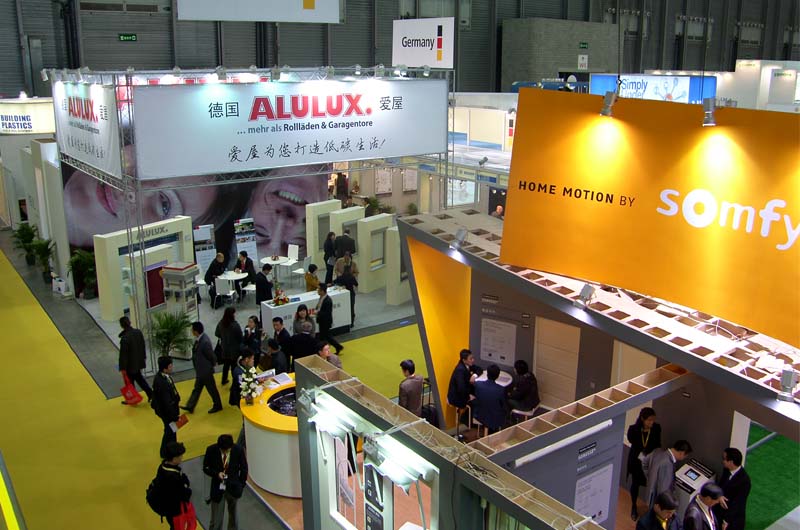
Focus on further internationalization at the turn of the millennium
Internationalisation, further development of trade fairs, growth in the congress area and Internet services for exhibitors and visitors were high on the agenda for the first decade of the new millennium. Representative offices were opened in Shanghai (1999) and in Moscow (2001). Today, Messe Stuttgart has a worldwide network of representatives in more than 50 countries.
Offshoots of successful Stuttgart trade fairs were gaining a foothold abroad. For example, the first R+T took place in Shanghai in 2005, INTERGASTRA and Interbad cooperated with Moscow and INTERVITIS INTERFRUCTA was exported to Chile, Austria and South Africa.
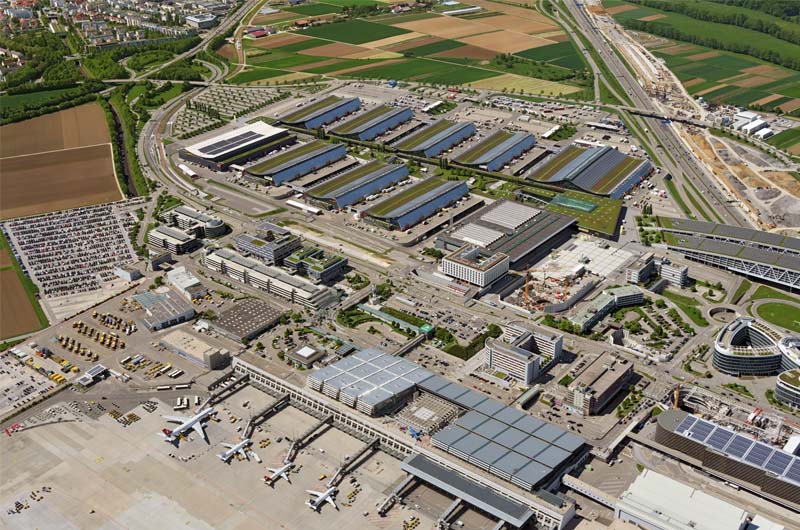
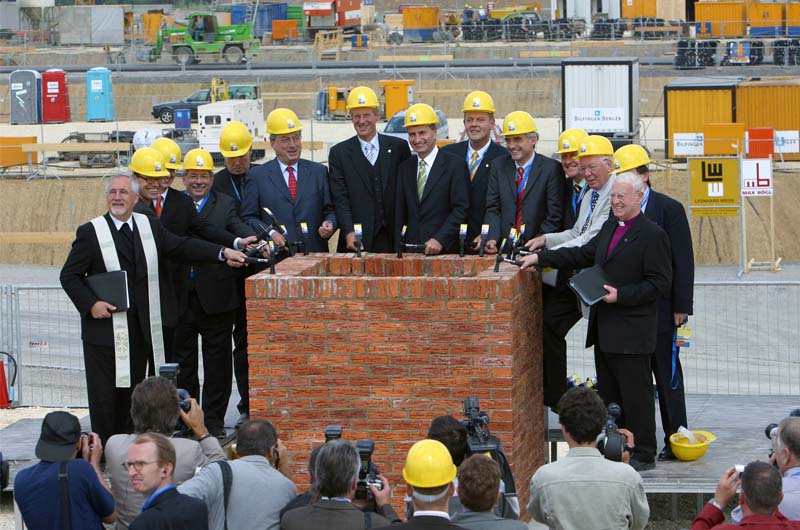
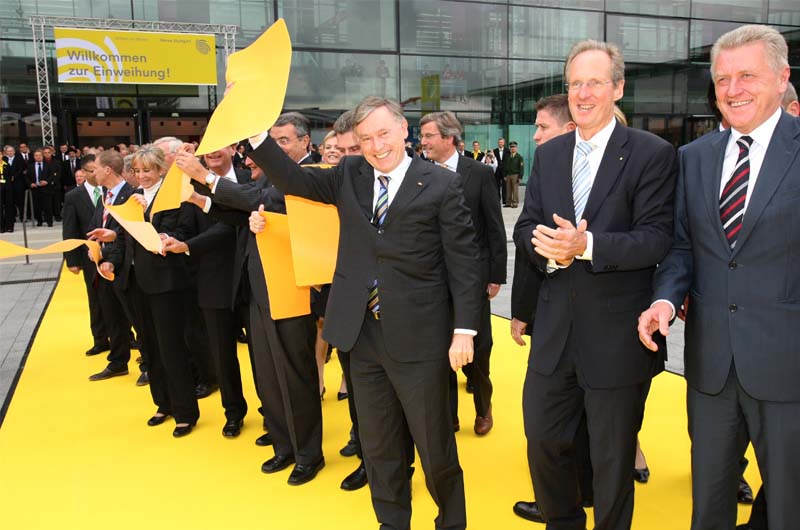
Move to the airport
The most important milestone in 2004 was the start of the construction of the New Stuttgart Trade Fair Center right by the airport. Seven standard halls and the L-Bank Forum, a hall of double the standard size, were finished by 2007. With their curved roofs, the halls blend harmoniously into the surrounding agricultural landscape. The venue includes the ICS International Congress Center Stuttgart as a communication and event center. In June 2007, the new venue was opened with the fair for sheet metal processing Blechexpo by guest organizer P.E. Schall GmbH and the trade fair Minat for micro and nano technologies organised by Messe Stuttgart.
Despite the economic crisis in 2008, the set ten-year turnover target was reached and exceeded after only three years of operation. Europe's most modern trade fair and congress center developed a great deal of radiance. 17 new exhibition topics could be placed in 2007 and 2008 alone - a record in the German trade fair landscape. There were also 13 guest events, which also benefitted from the advantages of the new premises, such as the location directly at Stuttgart Airport and on the A8 motorway between Frankfurt and Munich.
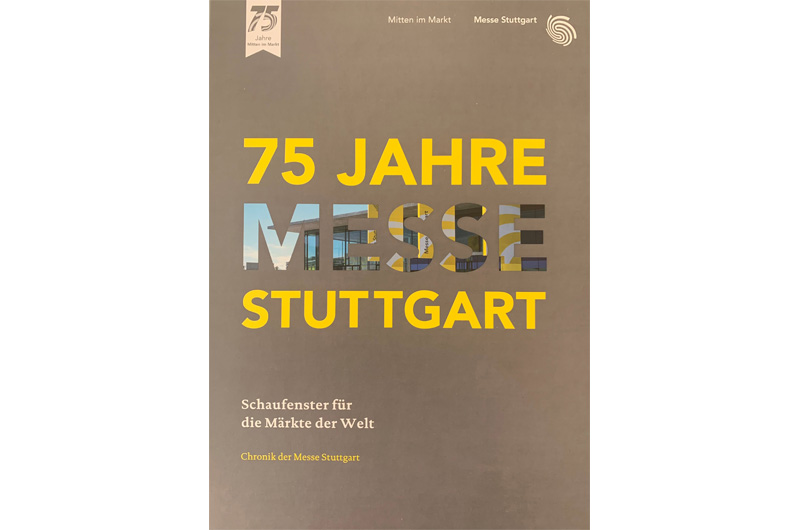
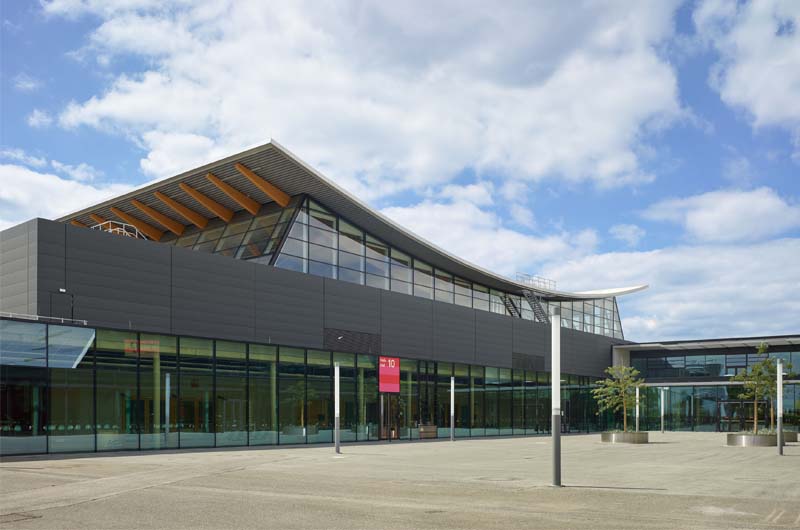
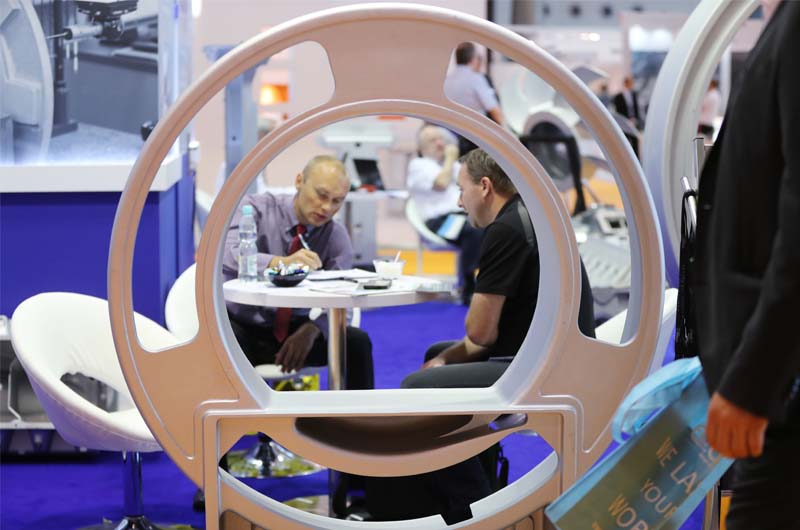
75 years of successful trade fairs in Stuttgart
In 2015, Messe Stuttgart celebrated their 75-year anniversary with an extensively illustrated commemorative publication on the history of the company.
Moulding Expo, the international trade fair for tool, pattern and mould making, started in the same year.
In 2016, another exhibition hall was built. Officially opened as Paul Horn Halle in 2018 with the long standing CMT exhibition, the tenth exhibition hall now completes the symmetry of the venue architecture. Messe Stuttgart currently has 120,000 gross square meters of hall space.
Other future-oriented topics, such as MedtecLIVE, GrindingHub, CastForge or hy-fcell found their place in the Stuttgart exhibition portfolio.
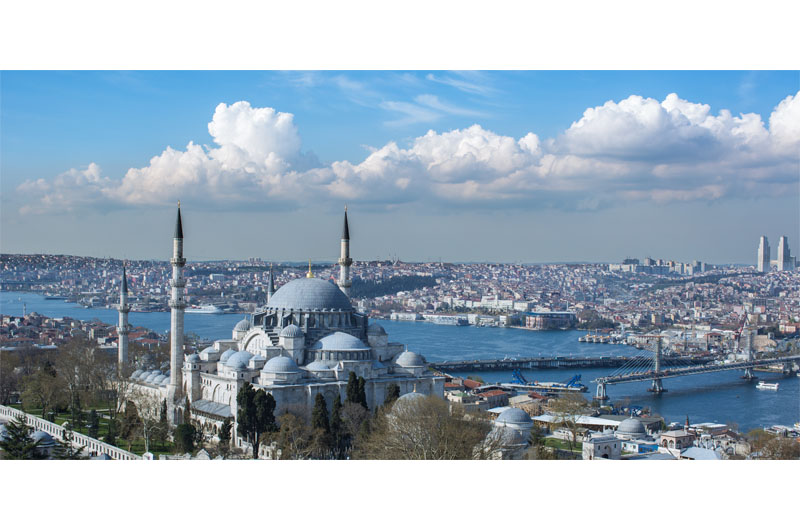
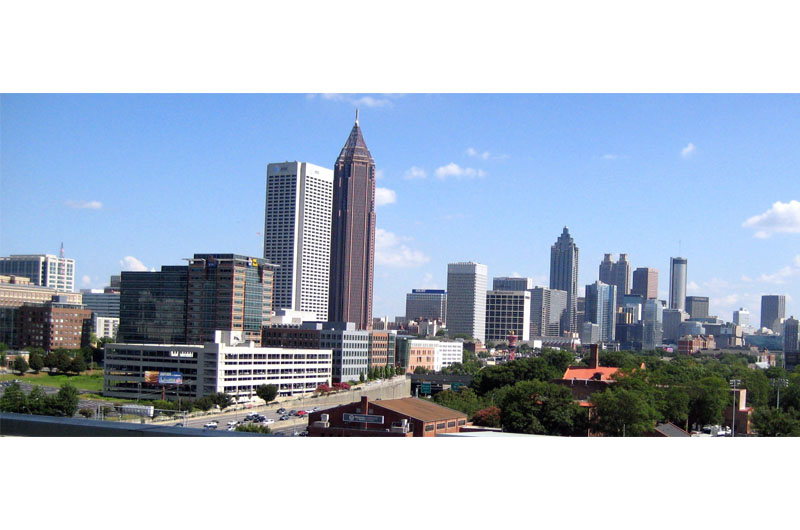
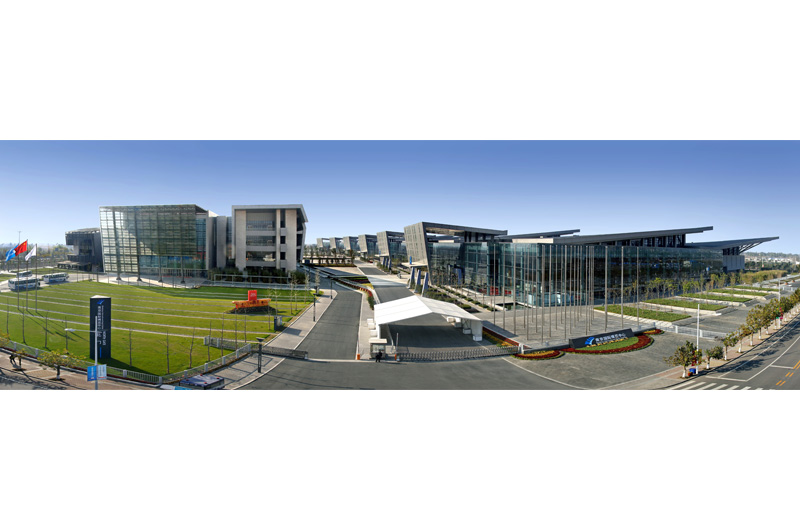
Messe Stuttgart worldwide
In order to further expand its internationalisation, Messe Stuttgart founded its first foreign subsidiary in Turkey in 2009, Messe Stuttgart Ares Furarcilik.
At the beginning of 2010, a subsidiary in China was established, which has also operated the Nanjing Exhibition Centre since 2012. The portfolio currently includes the machine tool trade fair AMB China, die tourism trade fair CMT China, the trade fair for logistics, Logimat China, and the Nanjing Building Fair.
Since August 2013, Messe Stuttgart has also a subsidiary in the USA.
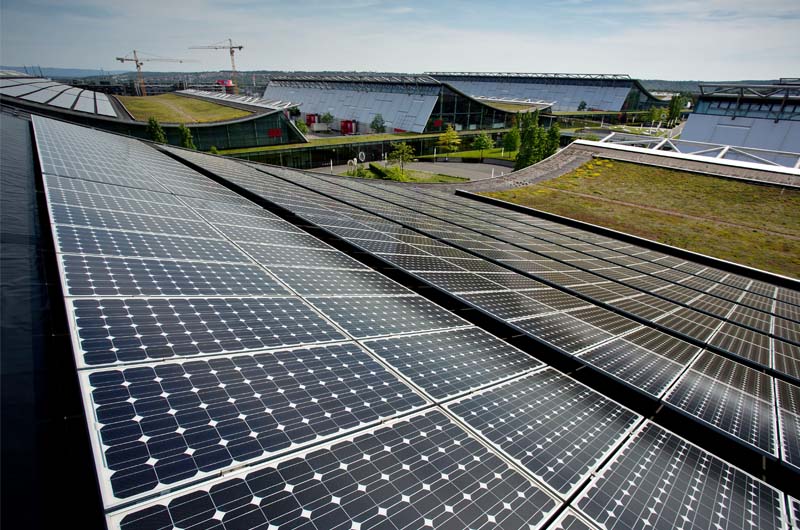
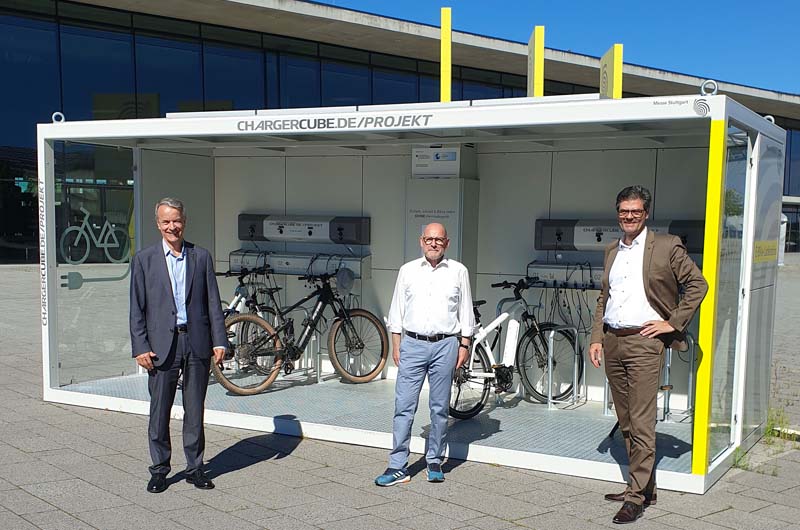
Sustainable action is becoming the central issue
With the move to the new exhibition grounds, Messe Stuttgart has been increasingly committed to sustainability. Solar cells were installed on the roofs of the exhibition halls and of the Bosch car park to generate electricity, power stations were set up for electric cars and pedelecs and energy-saving lamps installed in the administration building. Employees are being sensitized to savings in paper consumption, table printers were abolished and only recently, a bike sharing station has been set up at the trade fair West entrance. Messe Stuttgart has been officially certified as a climate-neutral trade fair location since 2020.